Pacific Rim National Park is located on the West Coast of Vancouver Island and consists out of three sections: Long Beach, the Broken Island Group, and the West Coast Trail. Each unit is different and has its own characteristic. The West Coast Trail is one of Canada's most scenic and grueling backpacking trails. The park sees mild temperatures and heavy rains year round and is home to a dense coastal rain forest.

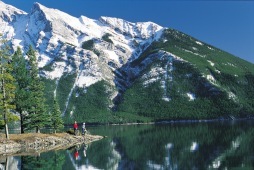
Banff National Park is Canada's first and most heavily visited National Park. The park is situated in the Canadian Rocky Mountains, 111 kilometres east of Calgary and adjacent to Jasper National Park in the north. The mix of towering mountains, glittering glaciers and icefields, lush alpine meadows, and natural mineral hot springs makes up one of Canada's most exciting recreational areas. It's easily accessible and offers great camping and hiking trips but is often overcrowded in the summer months.
Jasper National Park is located in the Canadian Rocky Mountains and is with a size of 10 880 square kilometers the largest and most northerly of the four adjoining mountain parks. The wonderful park of glacial origin, with towering mountain peaks up to 3747 m, is home to an abundant wildlife, including moose, elk, mule deer, black bear, coyote and bighorn sheep.
Grasslands National Park is the first national park of Canada to preserve a portion of the mixed prairie grasslands. The park will eventually have a total size of 906.4 sq km. It is located between Val Marie and Killdear, south of Swift Current and west of Assiniboia. The park protects an unique flora and fauna, including Canada's only black-tailed prairie dogs and other rare reptiles and amphibians that are mainly spotted along the Frenchman River Valley.
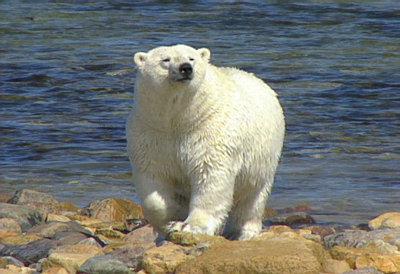
Wapusk National Park is located in northern Manitoba and protects one of the world's largest known polar bear maternity denning areas. Wapusk is a Cree word for 'white bear'. If you decide to visit the park, please make sure to obey all safety precautions while in polar bear country!
Bruce Peninsula National Park is situated on the northern tip of the Bruce Peninsula, between Georgian Bay and Lake Huron. The spectacular park, with a size of 155 square kilometers at the end of the Niagara Escarpment, consists out of limestone cliffs, caves and underground streams, and ancient forests with some of the oldest trees in Canada. You may even discover rare orchids. A great park for hiking or sea kayaking in the Water's of Georgian Bay.
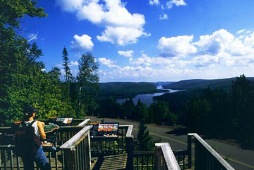
Forillon National Park is situated on the extreme north-eastern tip of the Gaspé Peninsula and has a total size of 240.4 square kilometers. The spectacular coastline is made out of limestone cliffs, pebble beaches and rocks. The park is covered by boreal forest, where you may see moose, deer, and black bears. Offshore you may enjoy whales and seals.
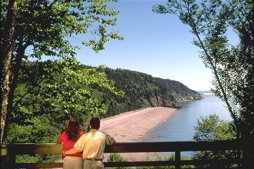
Fundy National Park is a 206 sq km park containing exhibits, self-guided trails, picnic areas and scenic viewpoints. The park is home to the world's highest tides. Enjoy spectacular panoramic views of the Bay of Fundy; coastal cliffs and rolling forested hills.

The headlands and cliffs of Cape Breton Highlands tower over the rich, natural heritage that is all around. Home to the famous Cabot Trail, the land is blessed with spectacular scenery, abundant wildlife and a human history that stretches back to the last Ice Age. The park offers many accessible treasures and experiences remarkable in their diversity, beauty, and wonder.
This is one of Canada's smallest national parks, offering 40 km of some of the finest salt-water beaches in Canada. A blend of sand dunes, red sandstone cliffs and heritage abound has made this park a popular one. Green Gables House, known internationally through L.M. Montgomery's classic novel, Anne of Green Gables, is also located in the park.

Gros Morne National Park, an 1805 sq. km park, is a must for its spectacular and varied geography and great natural beauty offering an abundance of wildlife, scenery and activities. Set aside as a National Park in 1973, Gros Morne is popular with hikers who enjoy the wild, uninhabited mountains and camp areas by the sea. The park was designated a UNESCO World Heritage Site in 1987. The Long Range Traverse hike across the park is a legendary trip for it's steep climbs and isolated back-country wilderness.
Kluane National Park and Reserve is located 150 km west of Whitehorse and encompasses an area of 22,000 sq km. The park contains unclimbed peaks, the world's largest nonpolar icefields, crystal clear lakes, glaciers and an abundance of wildlife. It is a United Nations World Heritage Site and home to Canada's highest peak, Mount Logan (5950 m). The park is popular with hikers enjoying marked or less defined routes surrounded by beautiful scenery.
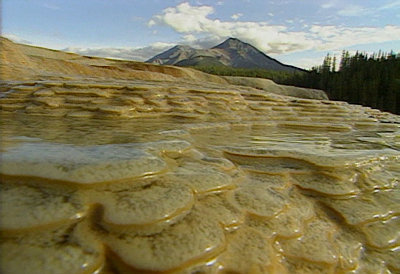
Post Comments